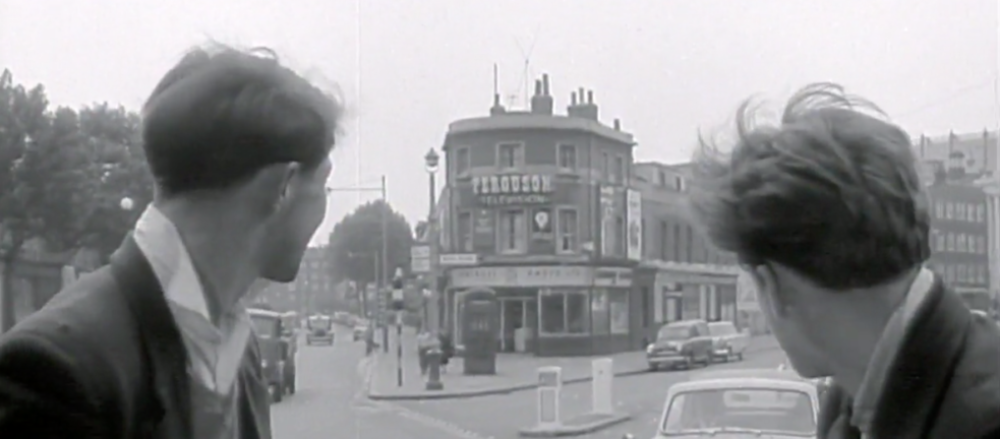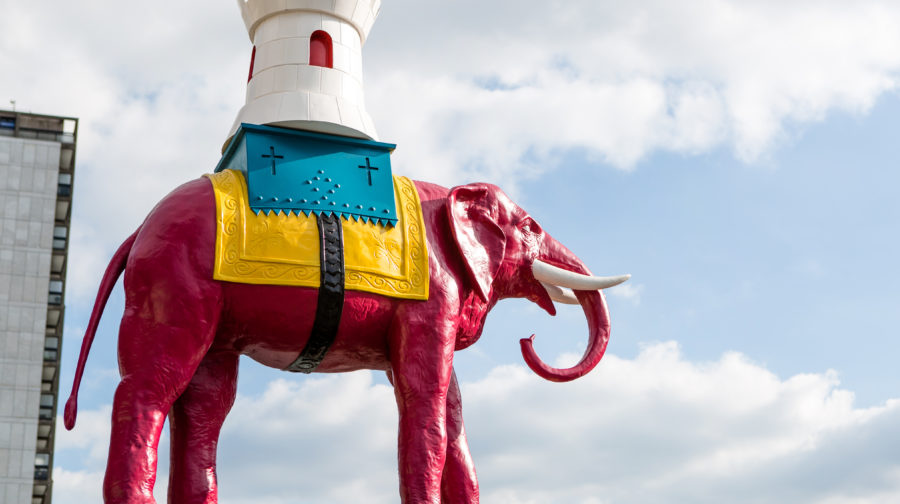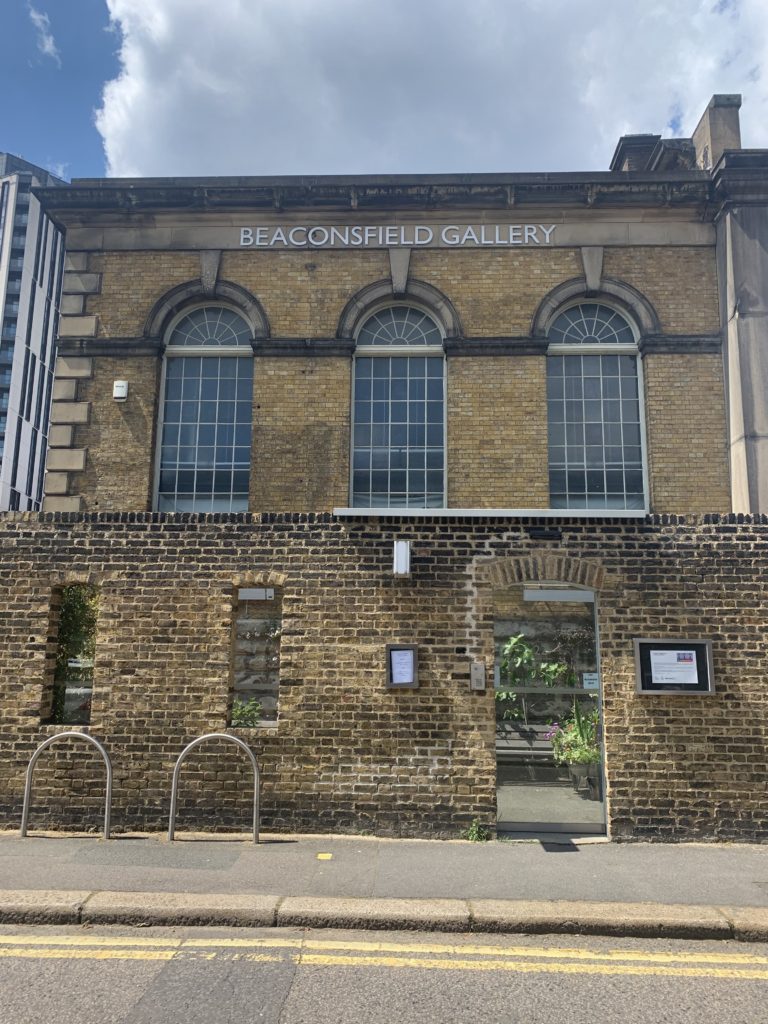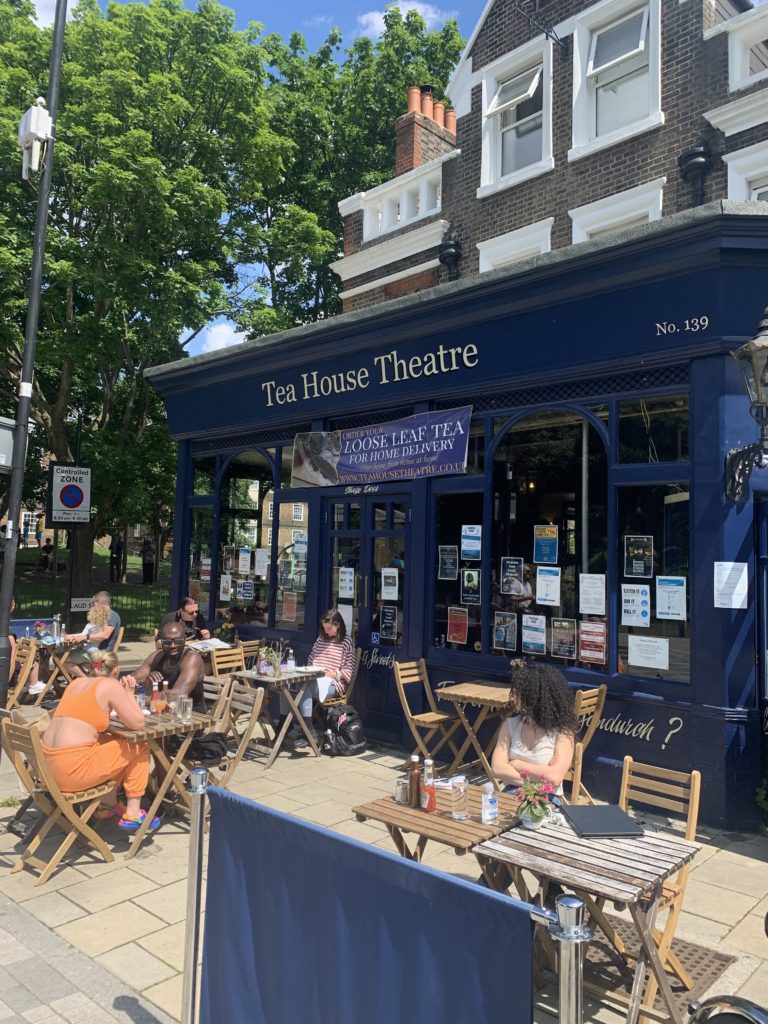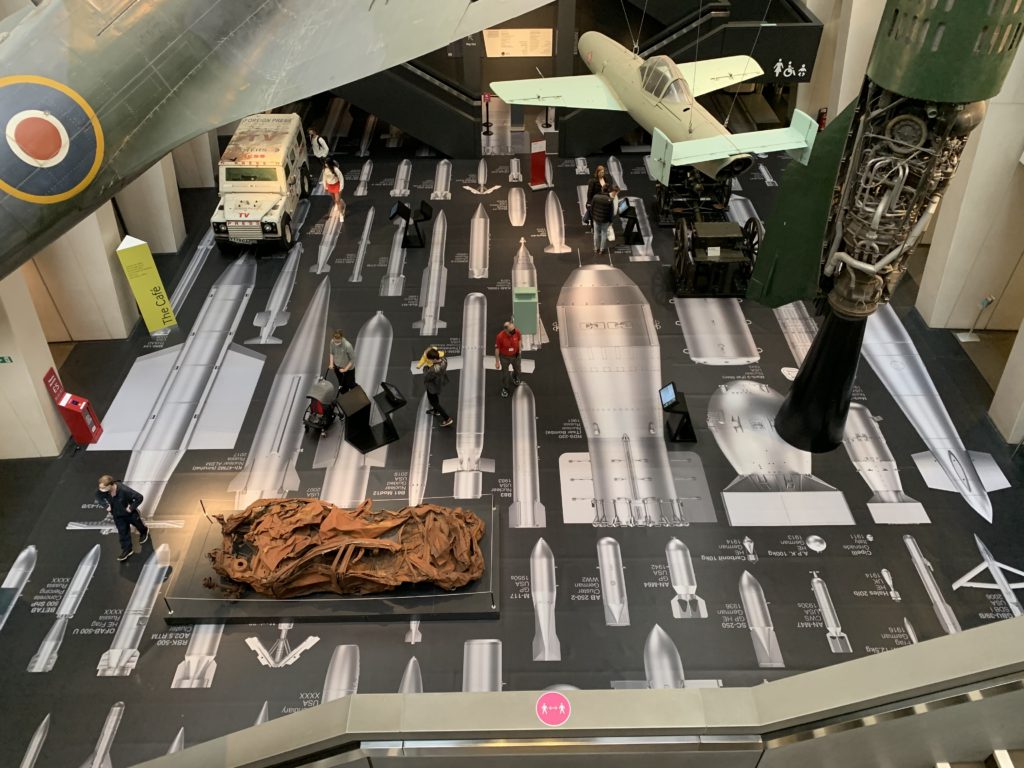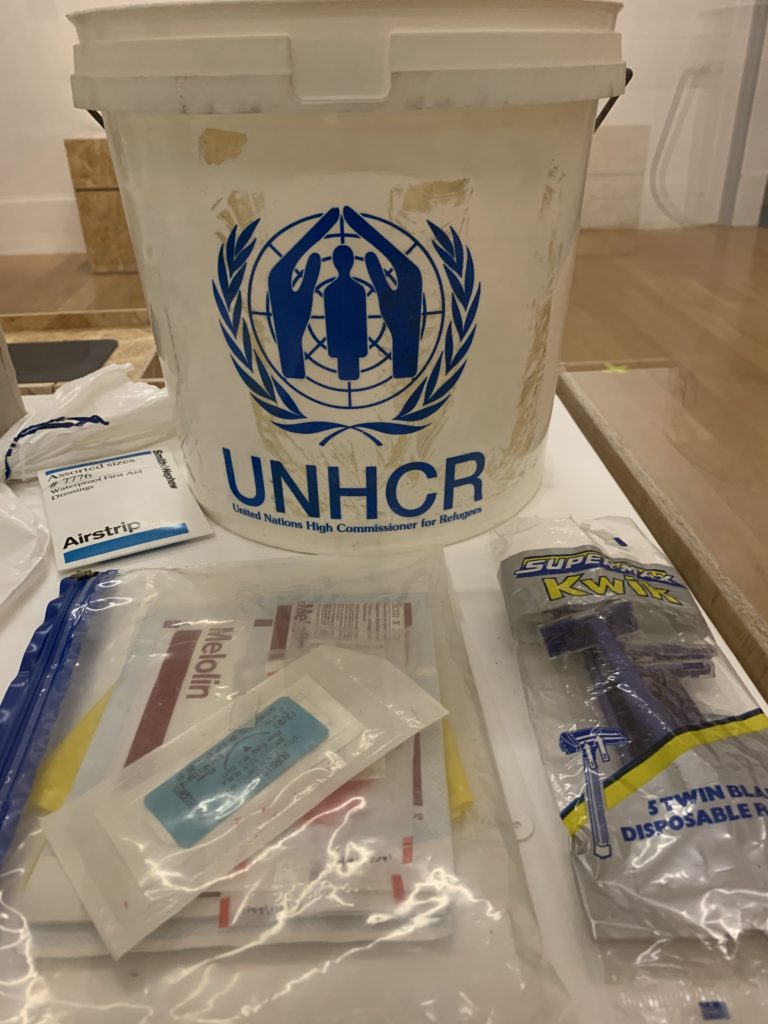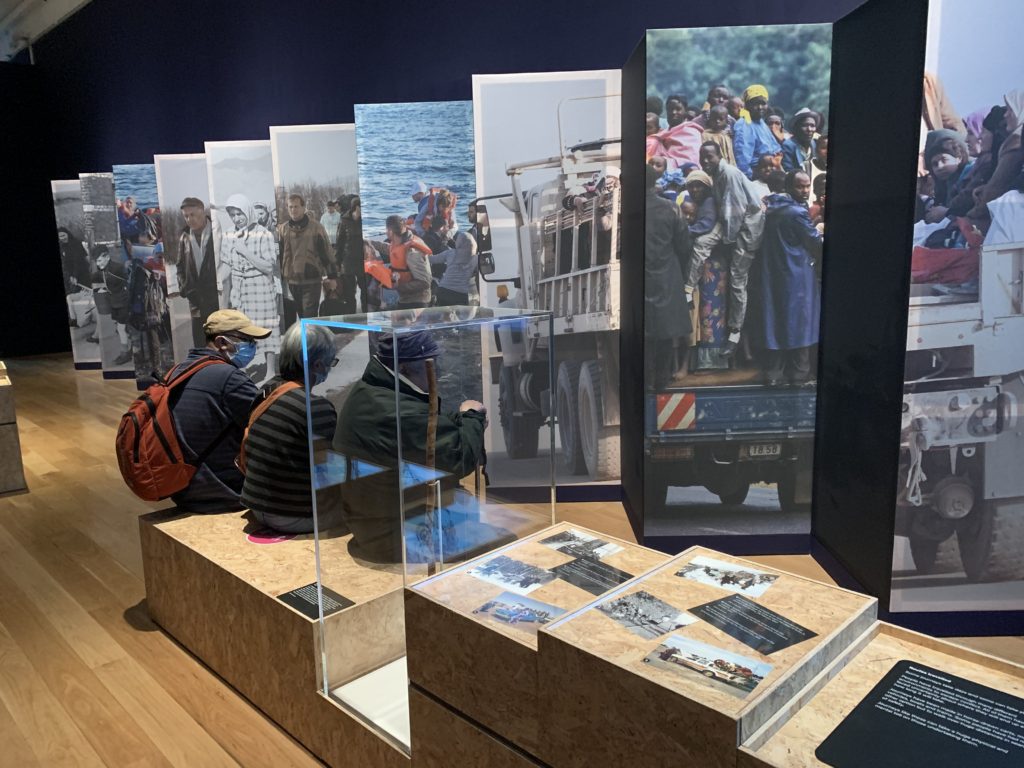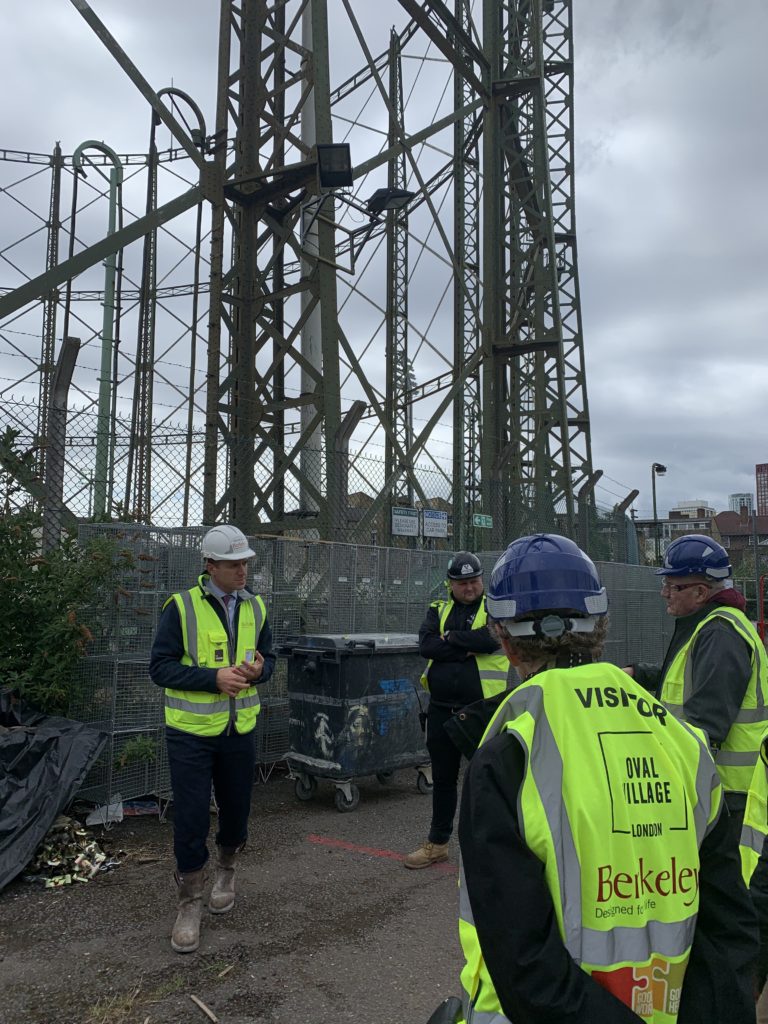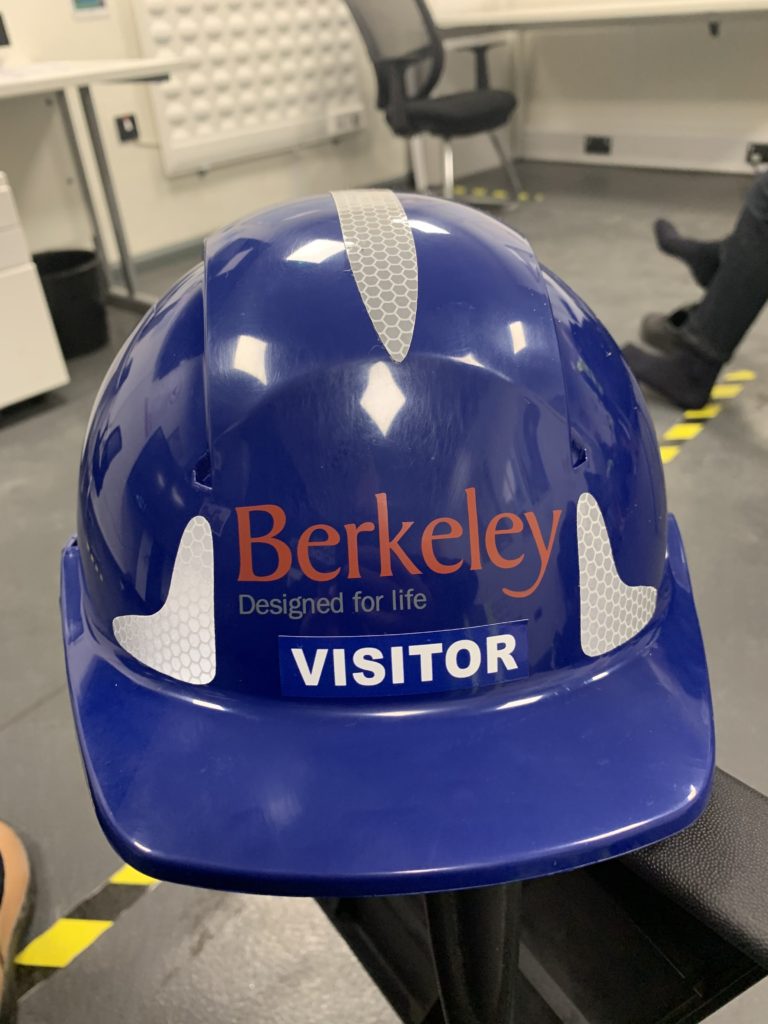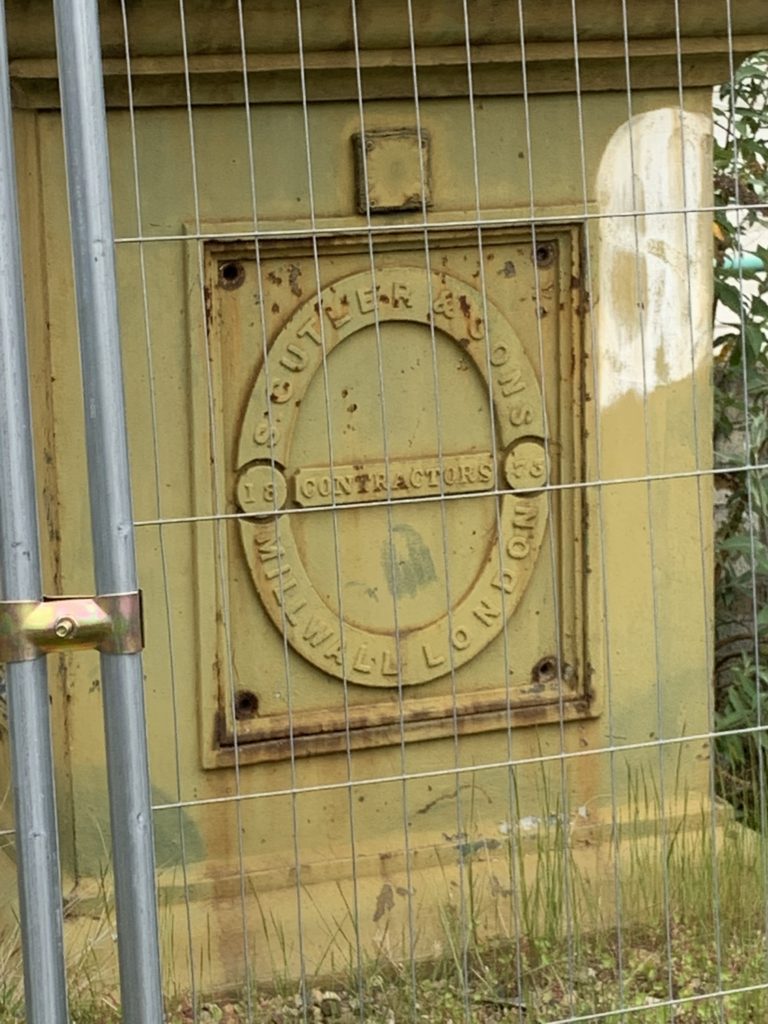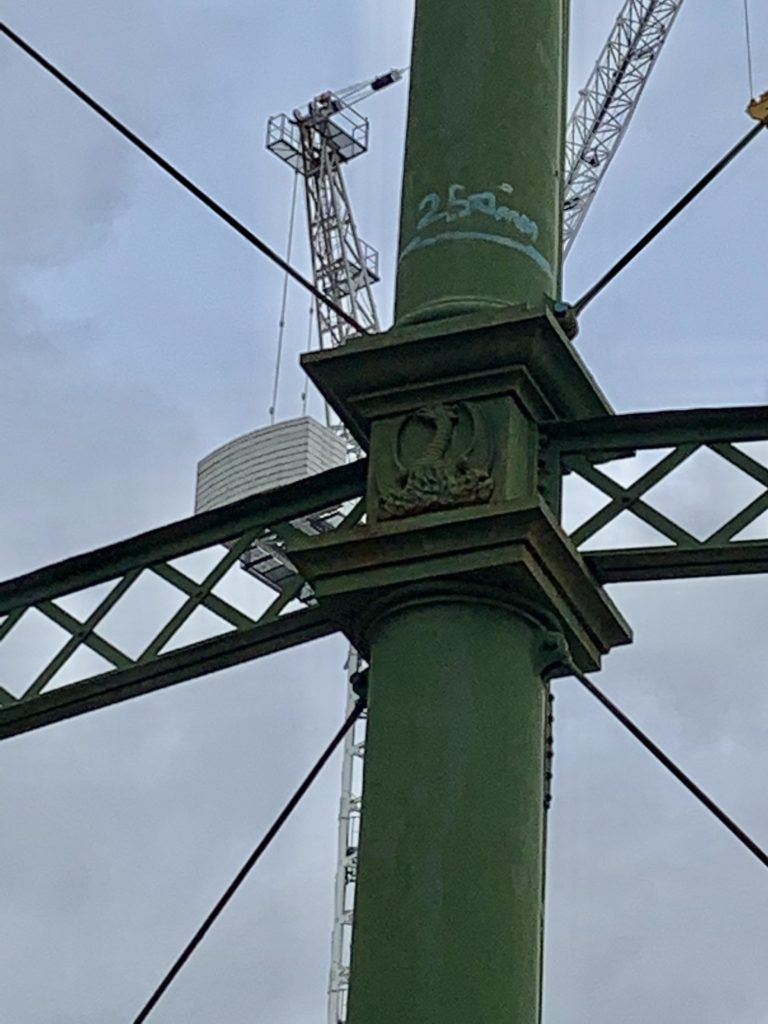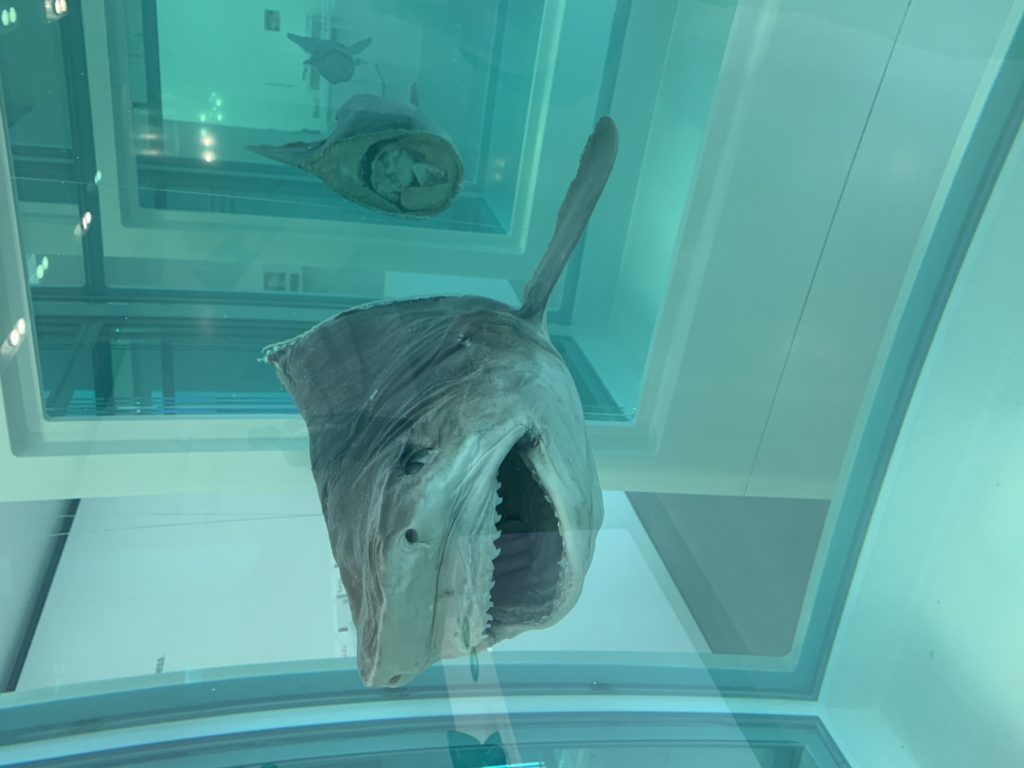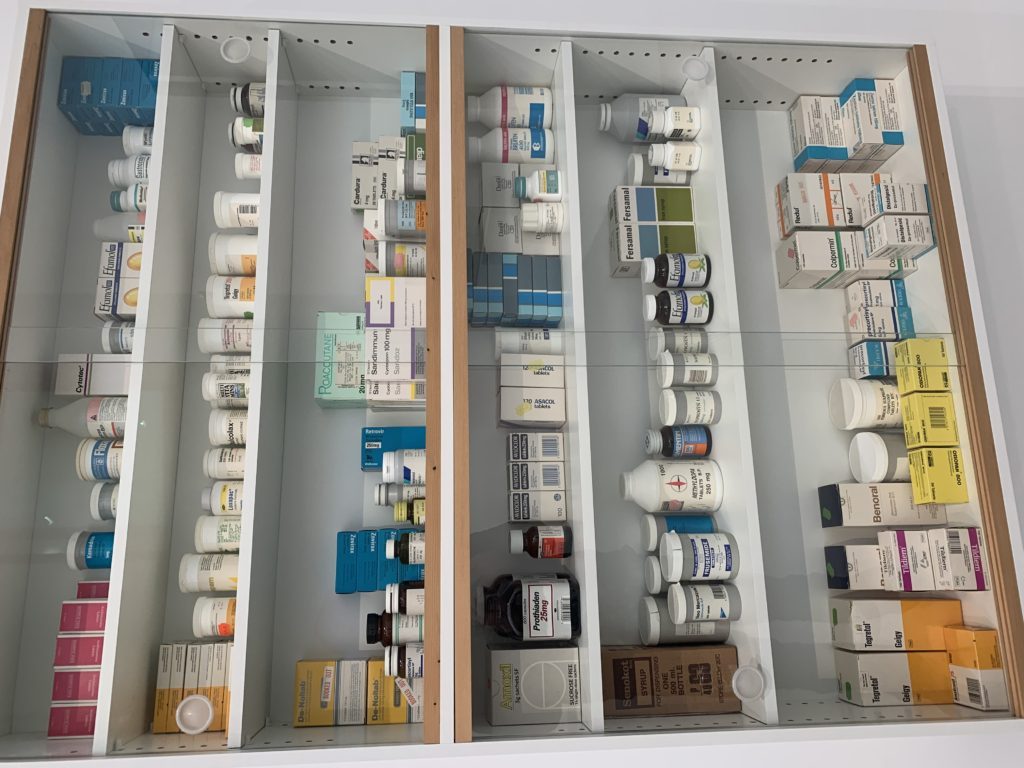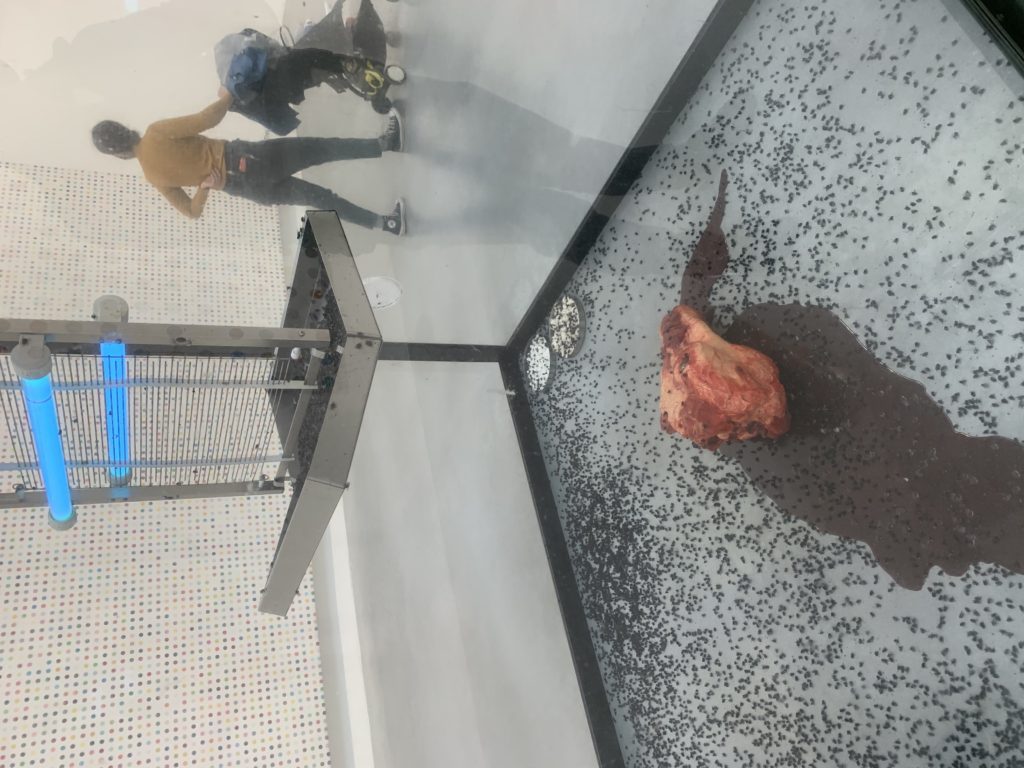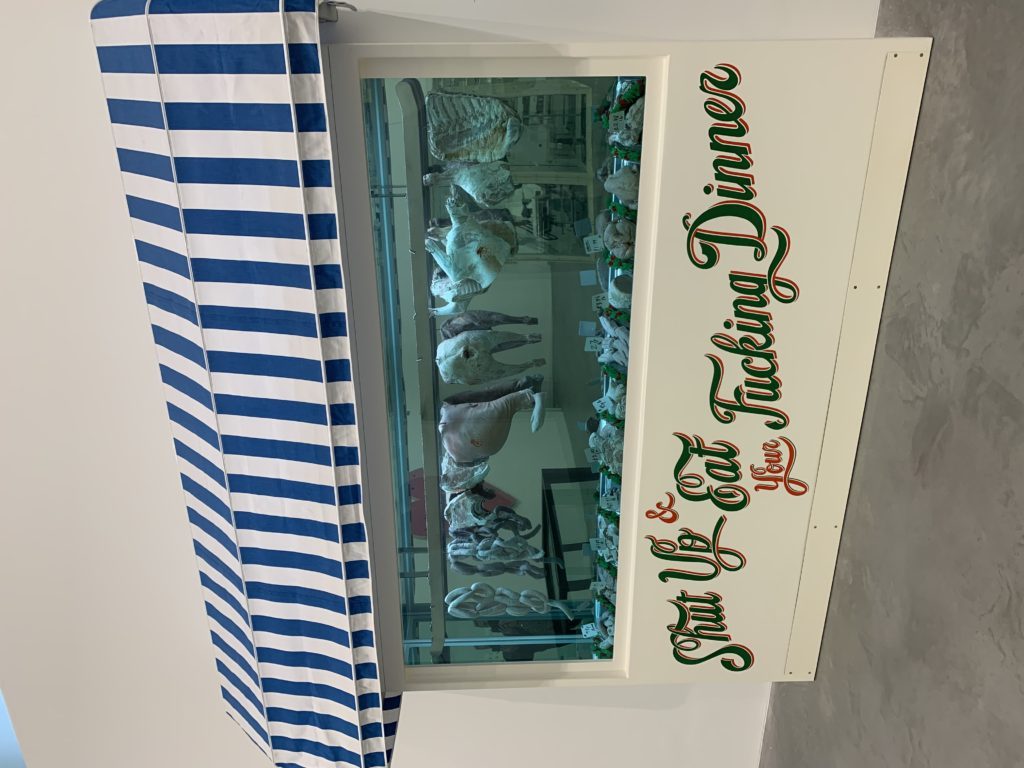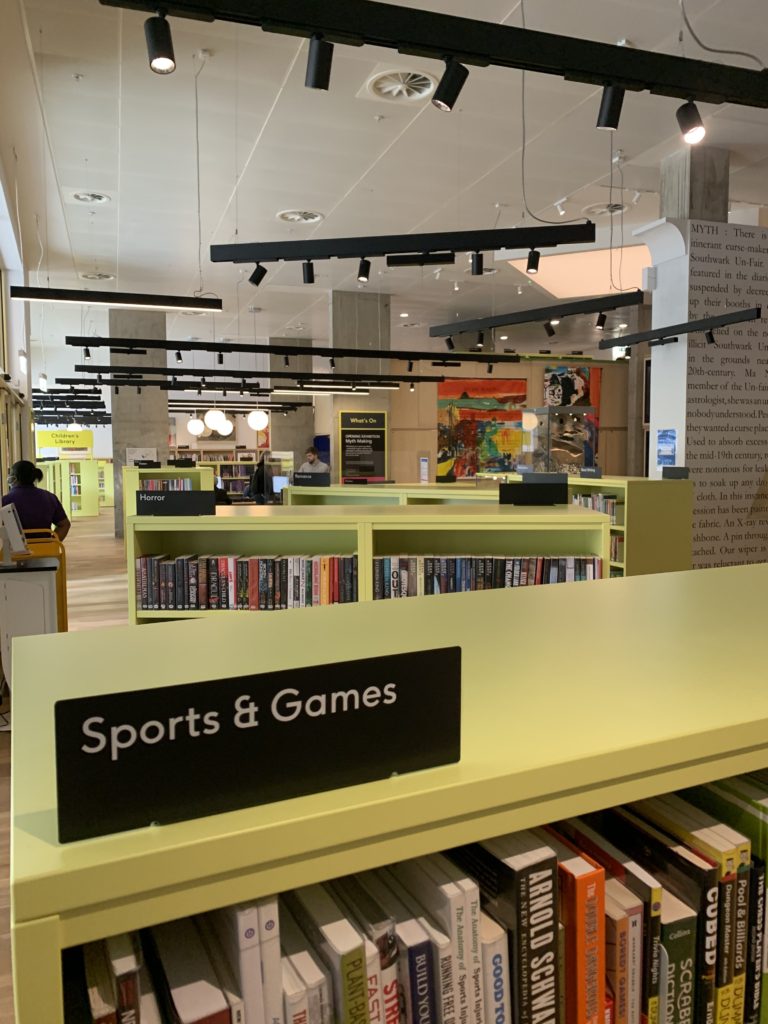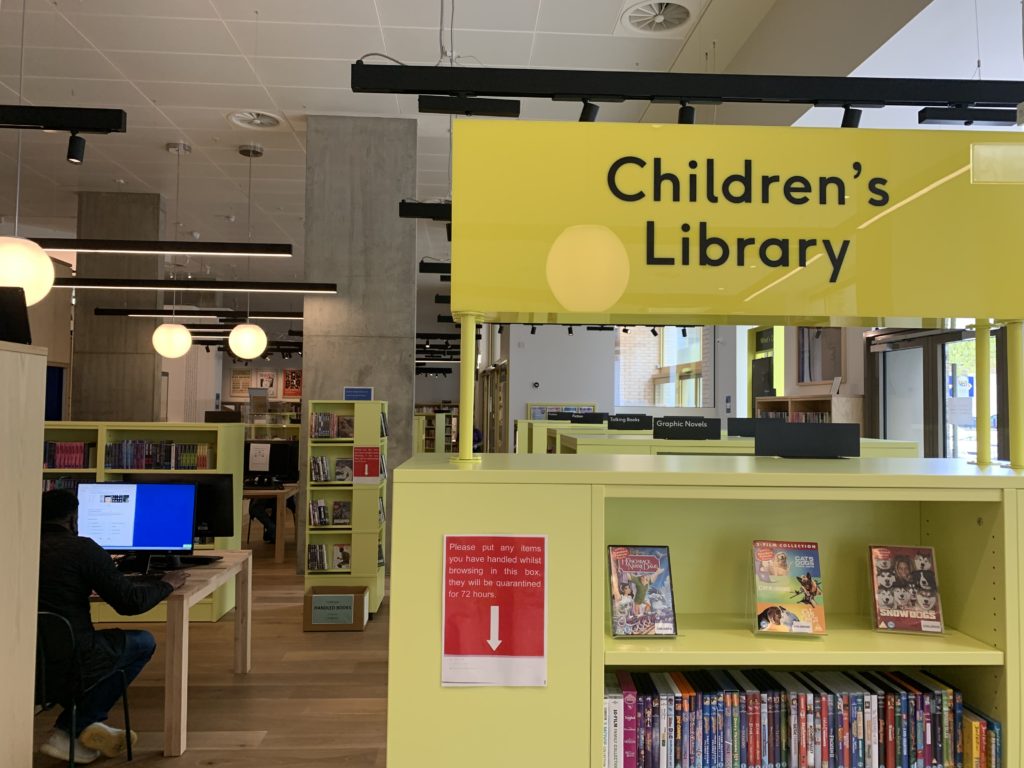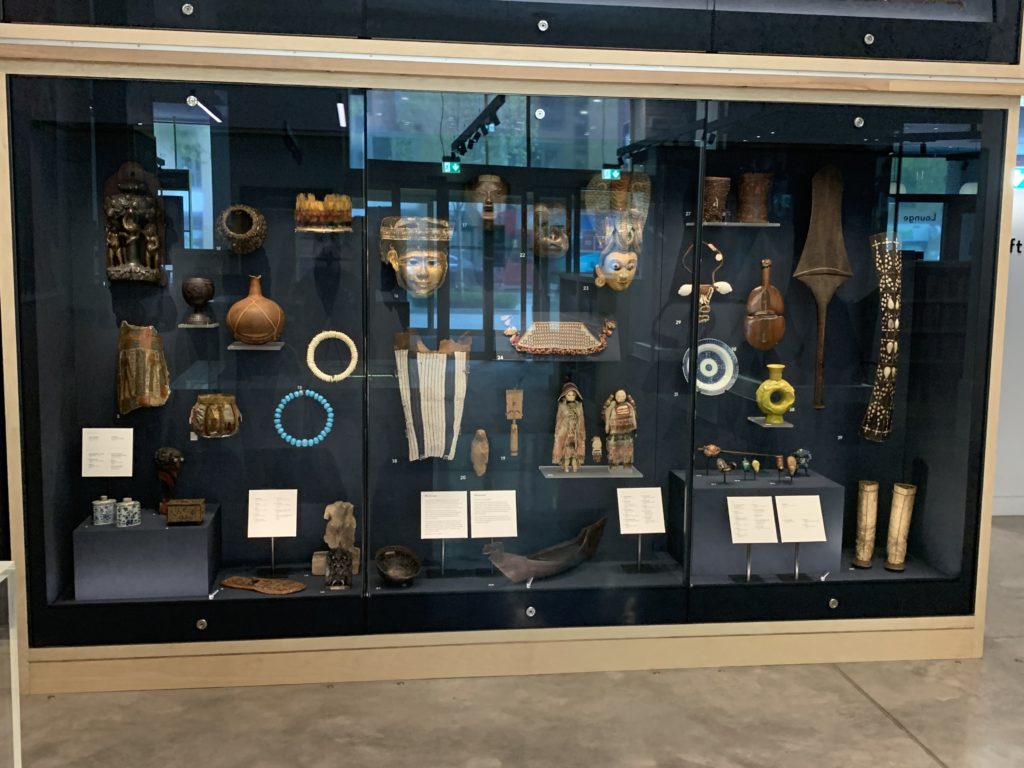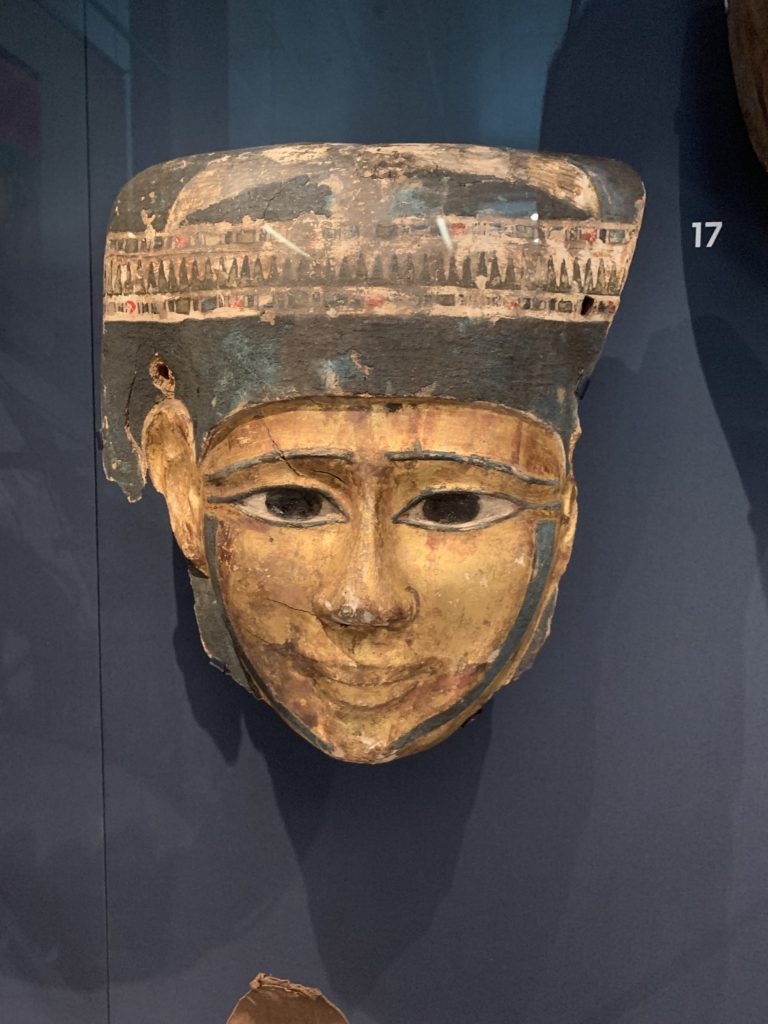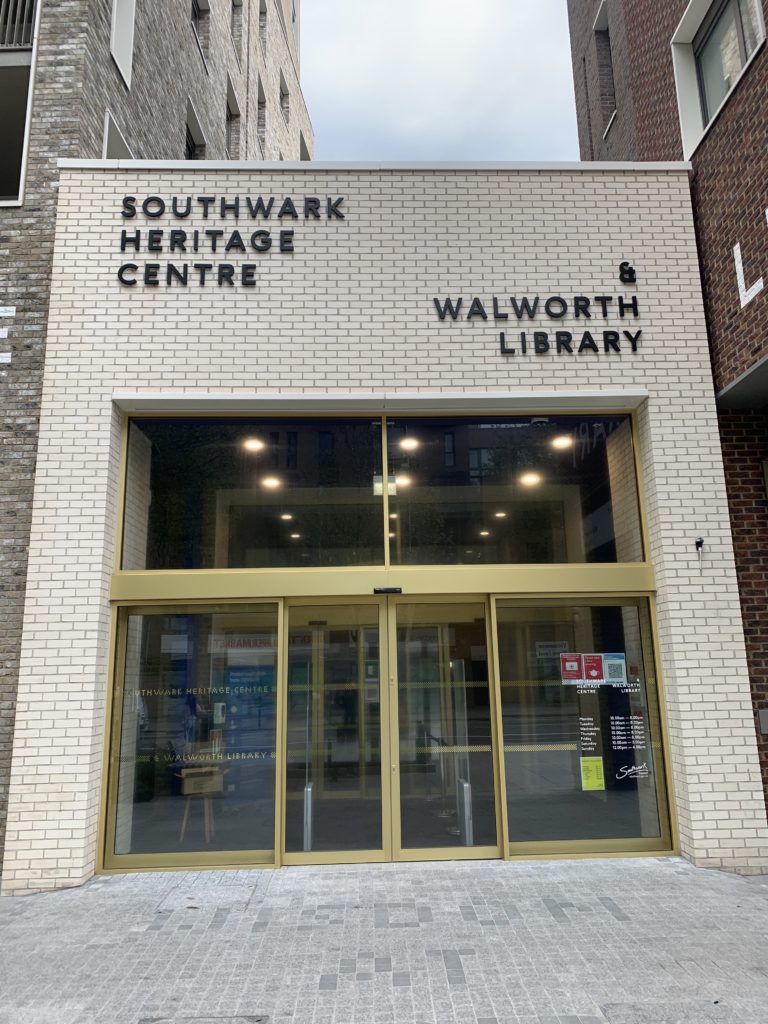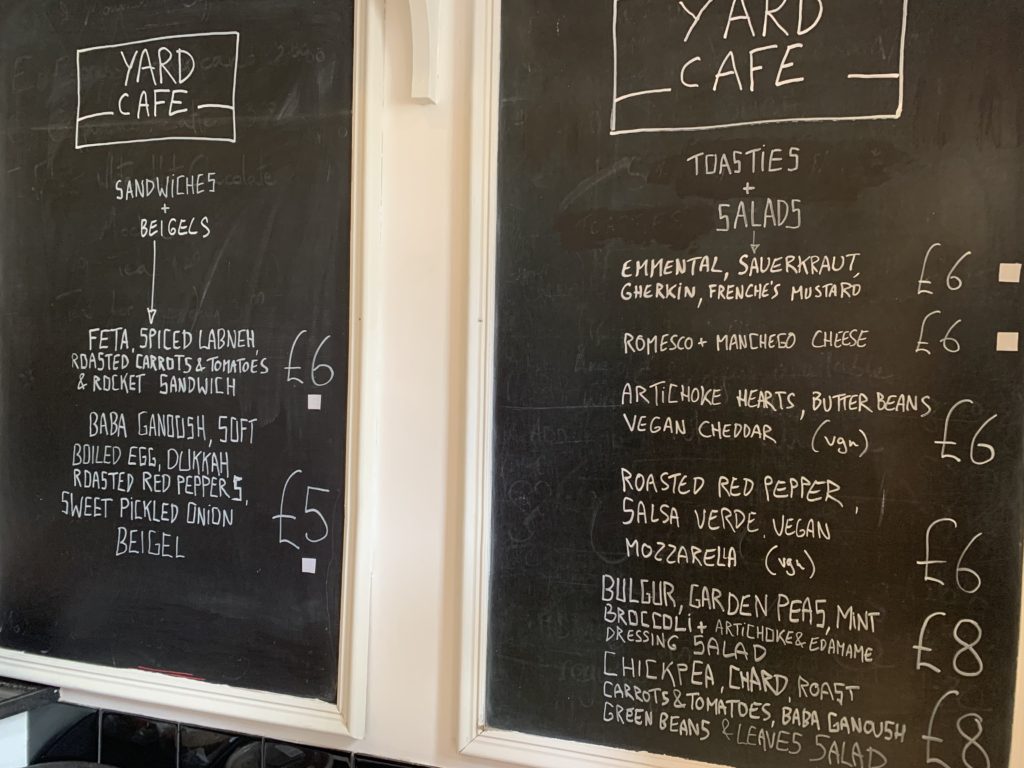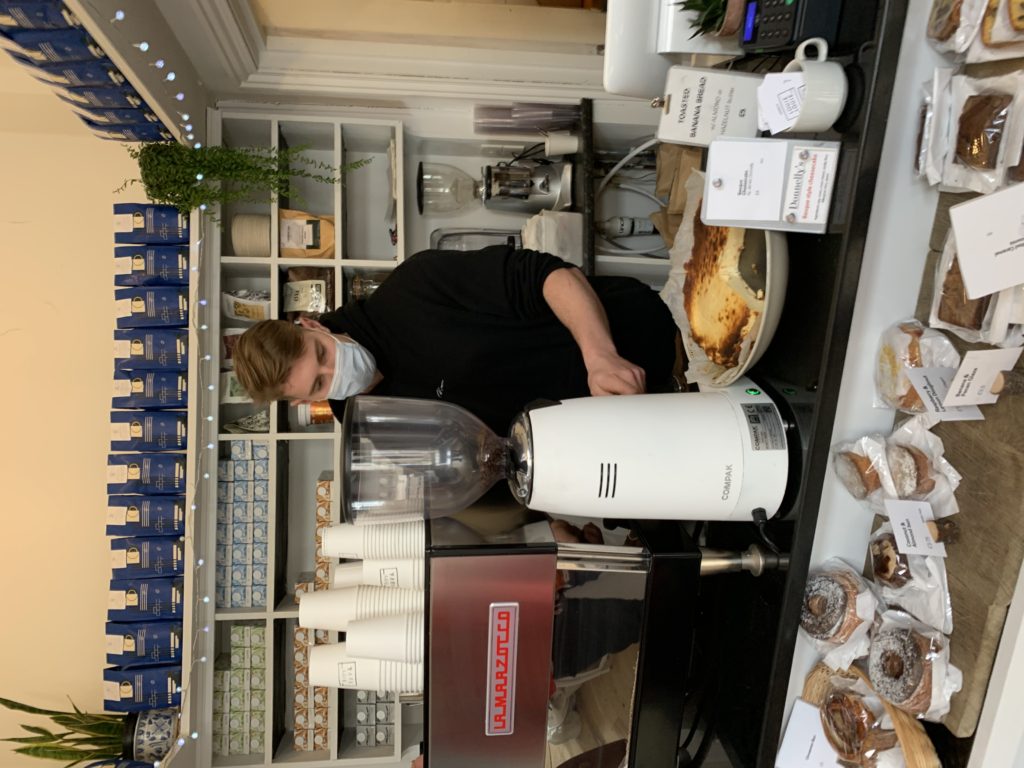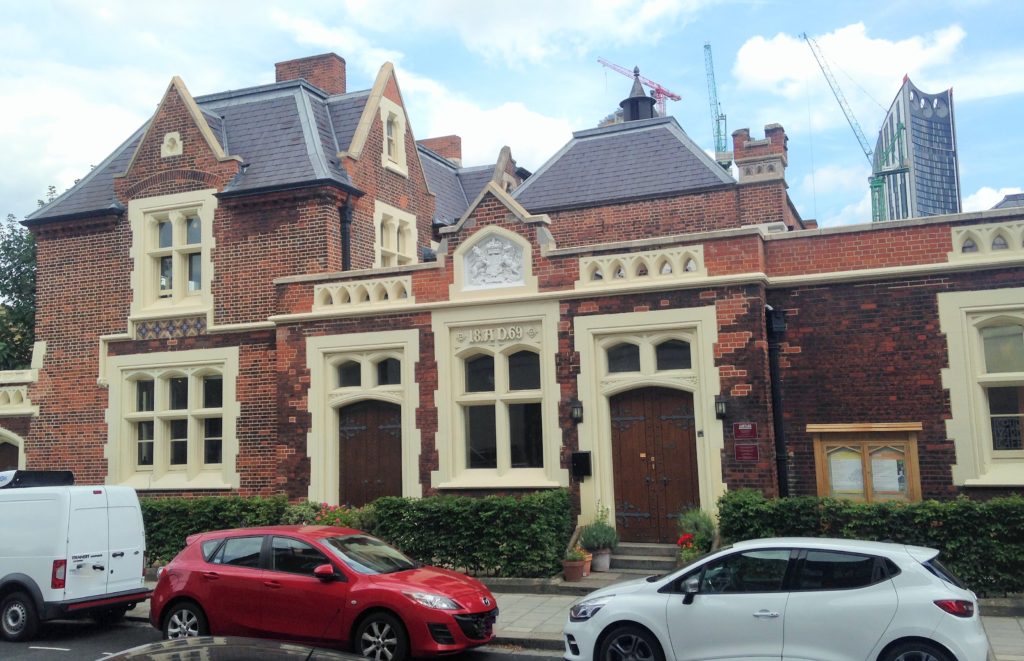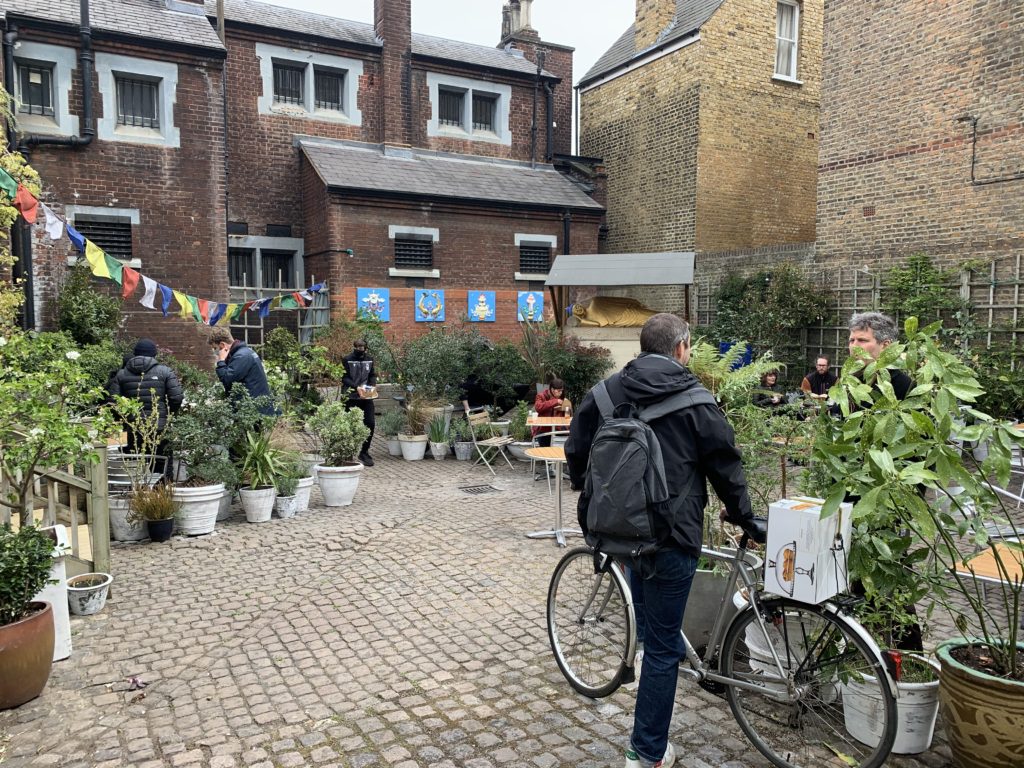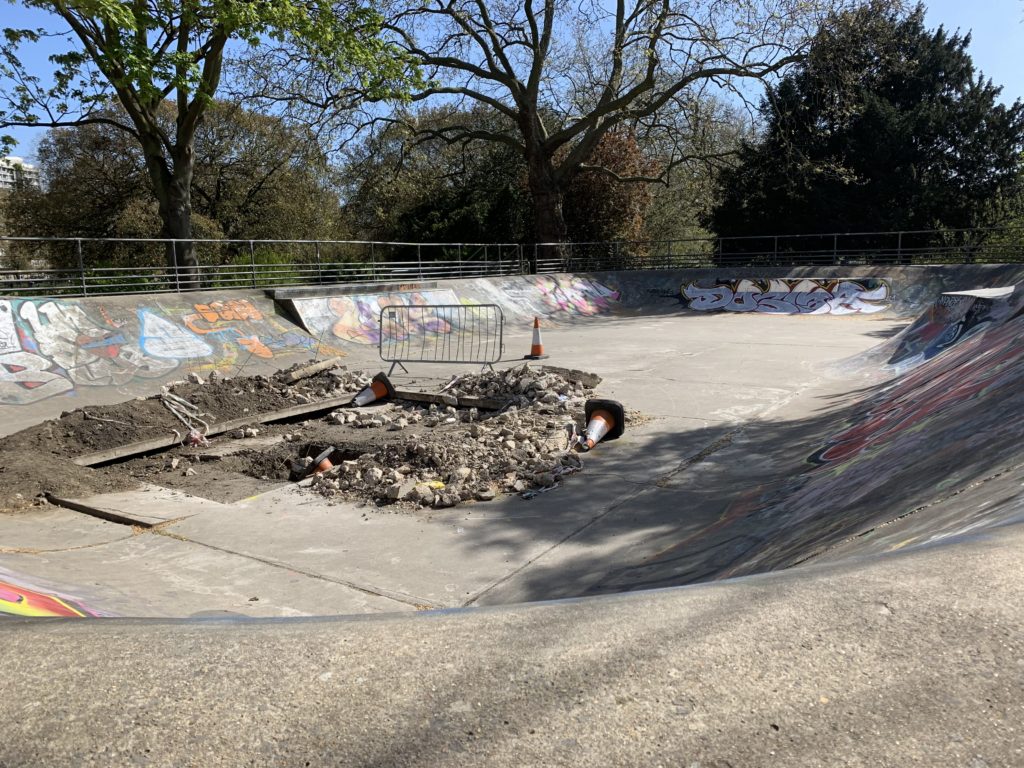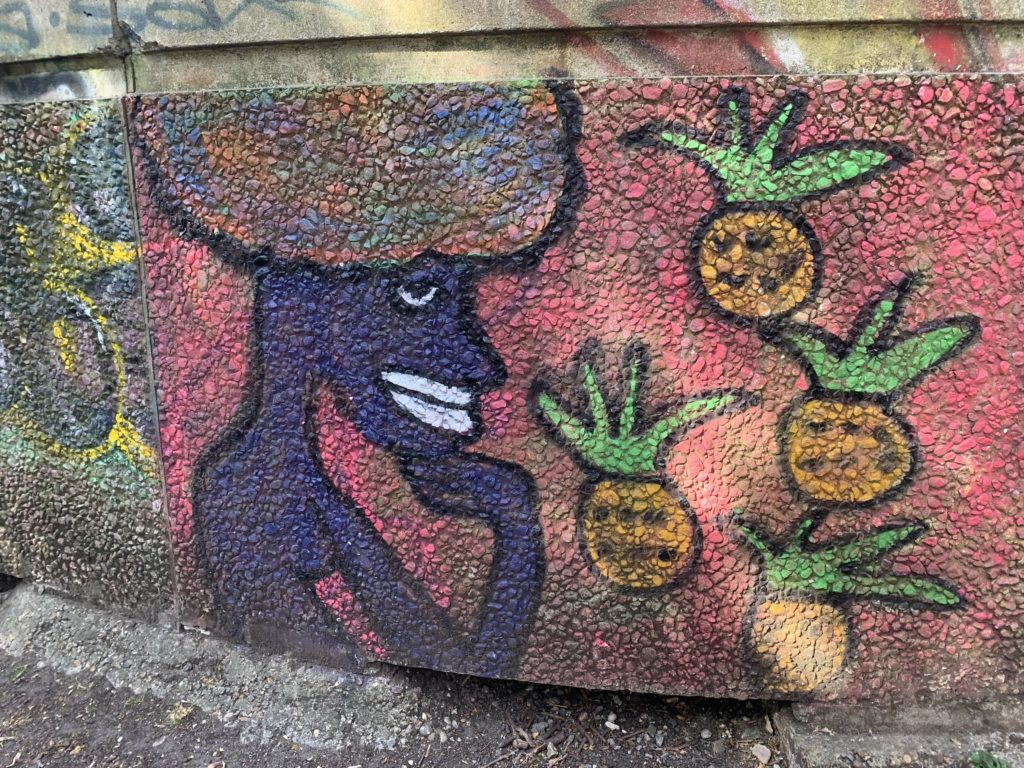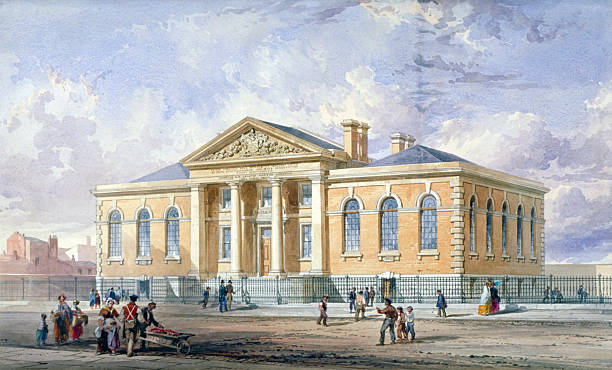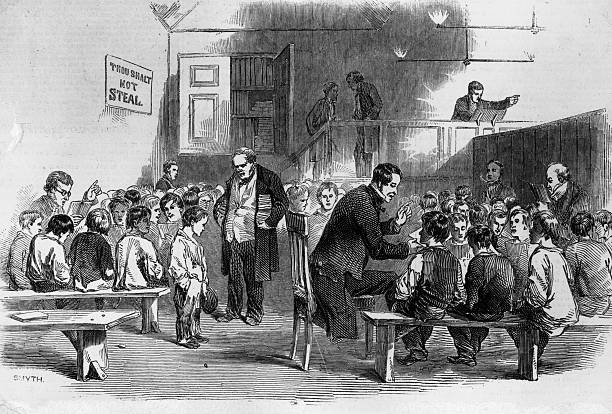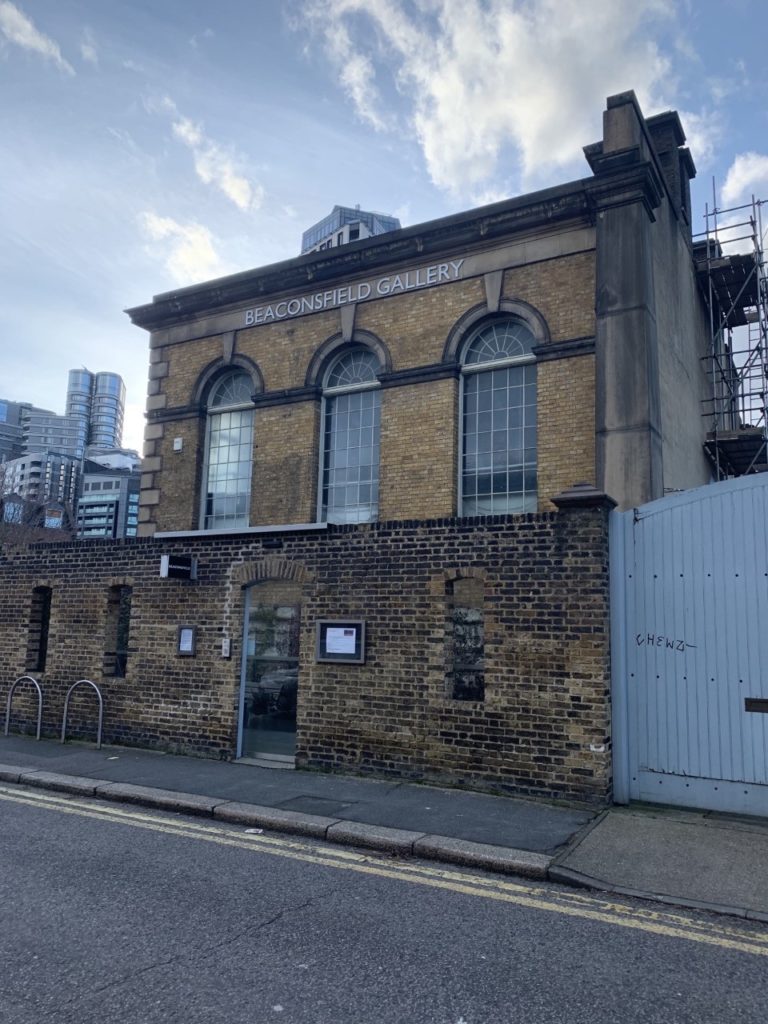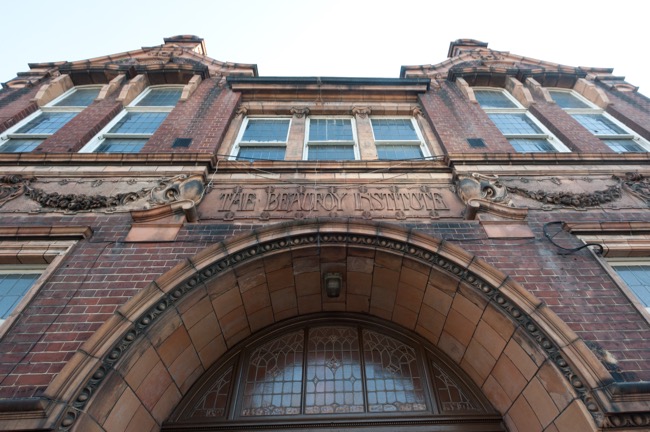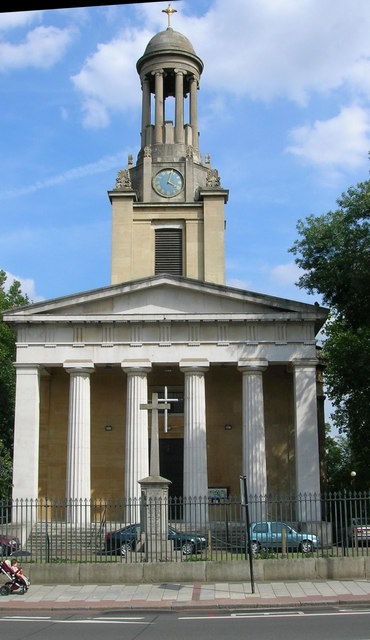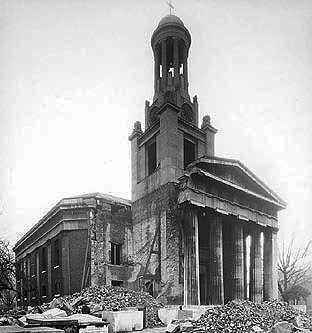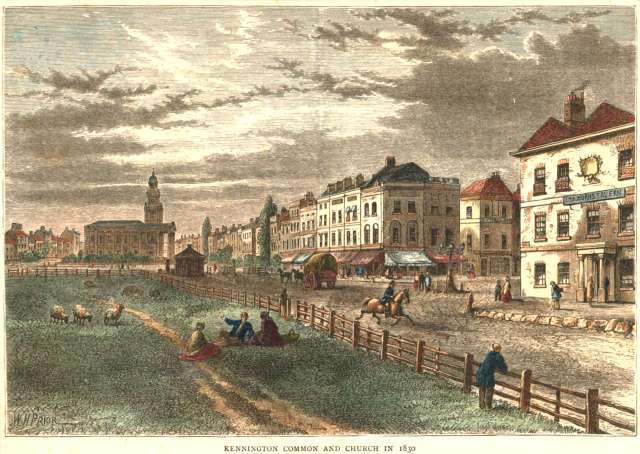This coming Saturday (26th) the much loved and much refurbished Elephant and Castle elephant will be making a return to the area and perched in its new home in Castle Square, which is in Elephant Street behind the now mostly past tense shopping centre. We are dearly hoping that the statue will be dragged trojan horse style through the streets by the executives of Lendlease, but our dreams rarely come true.
We give you this information as the return will be accompanied by a kind of street party, and we are all invited. According to the press release, the Elephant and Castle Town Centre Team (whoever the hell they are) will be laying on a whole day of family fun that includes world music and food, cocktails (!), history, dancers and talks. It runs from 11:00 to 17:00.
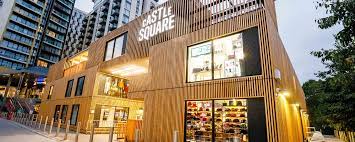
A selection of local traders will make up the backbone of the event and will include Coma Y Beba and Caribbean dishes from Kaieteur Kitchen. As this is Elephant, also expect lots of Venezuelan and Colombian fare, in addition to African dishes. Also on hand is Vauxhall staple and ‘wow I never knew a pint could cost 12 quid’ taproom Mother Kellys, who will be opening a new outlet in Elephant Square. We expect free samples.
And if you are thinking that this celebration is just a cynical way for the property developers to win over local residents we could not POSSIBLY comment. What we can comment on is the chance to support local traders, eat some interesting global food and catch some free music and stimulate that long dormant grey matter. For a video of the elephant losing it’s perch, see below.
